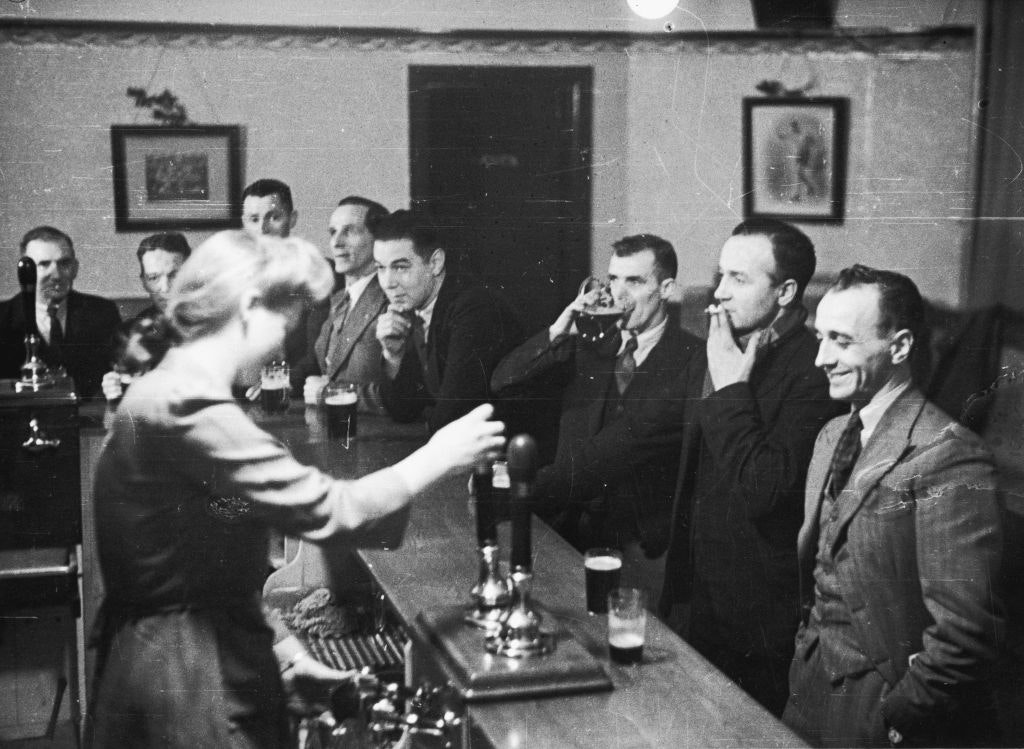Track rate
Tom Chesshyre has a soft spot for railway hotels
This article was taken from the September issue of The Critic. To get the full magazine why not subscribe? Right now we’re offering three issue for just £5.
At the hotel Première Classe Calais Centre-Gare, opposite Gare de Calais-Ville, the feeling of adventure was strong. Europe stretched ahead, countless permutations down the lines. It was a great place, with a month-long Interrail pass in my pocket, to relish the anticipation of a continental escapade by train.
It was also not exactly the Ritz. From the outside, Hotel Première Classe Calais Centre-Gare looked like a small prison: dull grey façade with a concreted-up front door (guests enter via a small side door with CCTV cameras). Inside, rooms were tiny. Mine had a bed with a beige blanket and a cereal-box sized television. What crime, you may ask yourself, have you committed to deserve this?
Outside, furtive individuals shuffled past, quite possibly asylum seekers considering how to cross the Channel. Despite the “Jungle” refugee camp having been officially dismantled, many stateless individuals roam the streets of Calais — and hang out by the station.
In the station itself, where I decided on Lille for the next day, I enjoyed a draught bière at the cosy little Buffet de la Gare, which I spotted from my hotel window. It was nothing special: faux leather booths, stained copper-topped bar, flashing pinball machine, a morose-looking fellow drinker and a vintage poster of Calais bearing the words: CHEMIN DE FER DU NORD. CALAIS: SON PORT, SA PLAGE, SES DENTELLES. Calais is famous for its lace; popular with the Duchess of Cambridge and Amal Clooney, no less.
The man at the nearby table rested his head in his arms to take a nap. A clock ticked. Yet as downbeat as this setting may sound, staying so close to the station was adding something to the sense of journey. It was as though I was becoming one with the tracks, ready to roll onwards.
Station hotels, weirdly, can do this to you. When the shiny, revamped St Pancras Renaissance Hotel (above) reopened in 2011, I was its first reviewer and only its twelfth guest. What a wonderful hotel, a Gothic marvel created by in 1873 by George Gilbert Scott. It closed in 1935 due to a drop in customers, partly the result of only having five bathrooms to cover 300 rooms.
Then it fell into disrepair, finally to be saved by Marriott and £150 million, while St Pancras revived thanks to Eurostar (a far easier way of getting to France than taking the ferry and staying, not so stylishly, in Calais).
From my room, carefully restored with original wallpaper and carpets, I could faintly hear Tube trains rattling below and, in the morning, the rumble of the 07:06 to Paris. My view was of William Barlow’s famous train shed, its 100ft roof stretching along the platform. When the station was built this was the world’s largest enclosed space.
The Betjeman Arms was below and to my left was a statue of the poet himself, holding onto his trilby. In the 1960s, John Betjeman famously campaigned to save Euston and St Pancras from demolition, failing with the former and succeeding with the latter. Thank goodness he did. St Pancras and King’s Cross may have been a bit rough round the edges in the mid-twentieth century, but now both are in fine fettle and, if you are thinking of taking a rail journey across Europe, you could do worse than spoil yourself with a night at St Pancras Renaissance Hotel before going. And don’t forget to check out the marvellous winding staircase featured in the Spice Girls video Wannabe (of course).
Back to Europe — and another less salubrious abode. After setting forth from Calais, I clattered across the continent for a month, often booking accommodation at the very last moment. My usual policy was to be as close to the station as possible. Hence my night at a hostel sandwiched between a women’s shoe shop and a sex shop in Budapest. After pressing buzzer 14 as instructed, I ascended a staircase to be met by a whiskery man on a landing. This was the manager of the Locomotive Hostel, which was decorated throughout with locomotives and run by a rail enthusiast. Simple? Very. Cheap? Yes, too. The best thing? A view of the fine facade of Budapest-Keleti Station, with a statue of George Stephenson in front. I slept well, ready to take the 07:57 to Belgrade.
Tom Chesshyre’s Slow Trains to Venice: A 4,000-Mile Adventure Across Europe (Summersdale) is just out in paperback.
Enjoying The Critic online? It's even better in print
Try five issues of Britain’s most civilised magazine for £10
Subscribe














